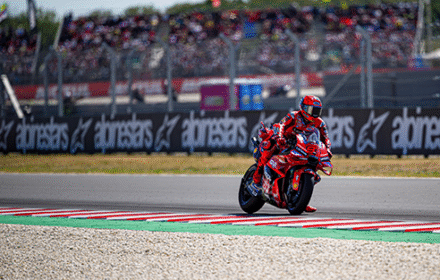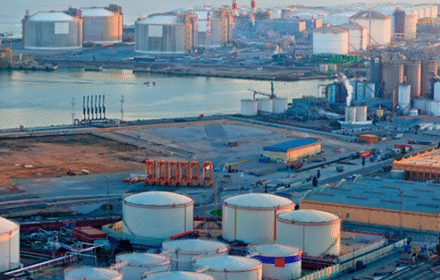
US Manufacturing Technology Orders Show Mixed Signals Amid Automation Push
July 2025 data reveals declining monthly orders but strong annual growth, highlighting shifting investment patterns in industrial automation.
Current Manufacturing Technology Order Trends
US manufacturing technology orders reached $387.3 million in July 2025. This represents a 9.5% decrease from June 2025. However, orders showed strong 20.1% growth compared to July 2024. Year-to-date orders total $2.91 billion through July. This reflects a solid 14.4% increase over the same period in 2024.
The July 2025 order value exceeds typical July expectations by nearly 20%. This performance boosted year-over-year totals for the first time since April. Despite these positive value trends, unit orders tell a different story. July unit volumes fell more than 13% below average July levels.
Automation Investment Driving Market Dynamics
The divergence between order value and unit volume signals important trends. Manufacturers are investing in higher-value, automated equipment. This shift occurs despite minimal inflation in machine tool prices. Companies prioritize advanced automation to enhance productivity.
Key automation investment drivers include:
- Advanced CNC systems with integrated robotics
- Smart manufacturing cells with IoT connectivity
- High-precision machining centers with automated material handling
- Digital twin technology for process optimization
Sector-Specific Order Patterns Emerge
Contract machine shops showed notable softening in July orders. Their orders dropped nearly 14% from June. Year-over-year growth measured under 10%. This underperformance relative to overall market trends warrants monitoring. Contract shops represent the largest customer segment for manufacturing technology.
Agricultural equipment manufacturers face declining orders since April 2025. However, John Deere’s recent investment announcement could reverse this trend. The company plans significant US operational investments over the next decade. This may stimulate machinery orders from agricultural suppliers and manufacturers.
Economic Outlook and Manufacturing Impact</3>
The Federal Reserve anticipates potential rate reductions in September 2025. Despite this, industrial activity forecasts suggest second-half slowing. This economic environment may soften capital equipment purchases. Manufacturing technology providers should prepare for potential market adjustments.
AMT’s upcoming MTForecast conference (October 15-17, 2025) will address these concerns. Industry leaders will explore downturn probabilities and identify growth opportunities. The conference aims to help manufacturers navigate uncertain economic conditions.
Industrial Automation and Control System Implications
From World of PLC’s perspective, these trends highlight crucial automation priorities. Manufacturers increasingly seek integrated control systems. Modern factories require seamless PLC and DCS integration. This ensures optimal performance of advanced manufacturing equipment.
The move toward higher-value equipment emphasizes several key requirements:
- Compatible control systems that support advanced automation
- Scalable solutions accommodating future technology upgrades
- Robust communication protocols for equipment networking
- Comprehensive data collection and analysis capabilities
Strategic Recommendations for Manufacturers
Based on current market data and industry analysis, we recommend:
- Focus automation investments on productivity-enhancing technologies
- Prioritize equipment with advanced control system compatibility
- Consider total cost of ownership rather than initial purchase price
- Evaluate equipment scalability and future upgrade pathways
- Monitor economic indicators for optimal investment timing
Practical Application: Automation Upgrade Scenario
Consider a mid-sized manufacturer facing competitive pressures. They decide to upgrade their machining operations. Instead of purchasing multiple standard machines, they invest in one advanced machining center. This system features integrated robotics and sophisticated control systems.
The implementation requires compatible PLC and industrial control solutions to ensure optimal performance. Proper control system selection enables seamless automation integration. This approach maximizes productivity gains from the capital investment.
Frequently Asked Questions (FAQ)
What do the July 2025 manufacturing technology orders indicate?
Orders show mixed signals with monthly decline but strong annual growth, suggesting manufacturers are investing in higher-value automated equipment despite economic uncertainties.
How is automation affecting manufacturing technology purchases?
Companies are buying fewer but more advanced machines with integrated automation features, explaining why order values rise while unit volumes decrease.
Which manufacturing sectors show the most promise for growth?
While some sectors show softening, anticipated investments in agricultural equipment and ongoing automation across all manufacturing sectors suggest continued opportunities.
Industry Insight from World of PLC
The current manufacturing technology market reflects broader industry transformation. Manufacturers increasingly recognize that modern automation requires sophisticated control infrastructure. Success depends not only on advanced machinery but also on the control systems that operate them. Proper PLC selection and configuration become critical differentiators in achieving automation objectives.







